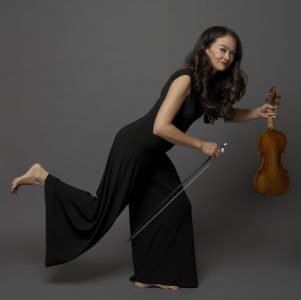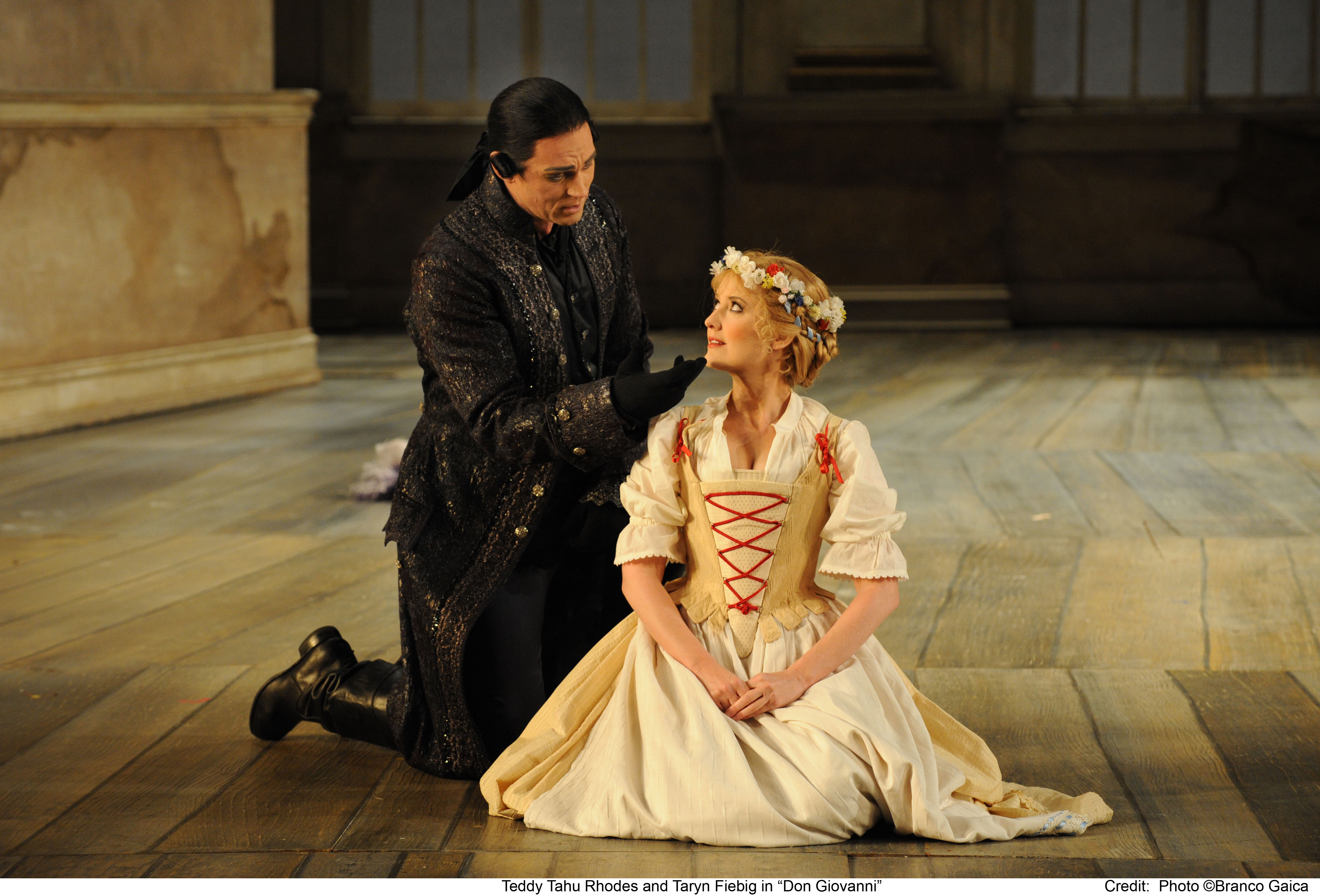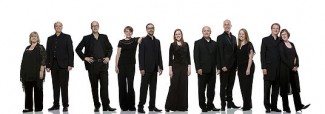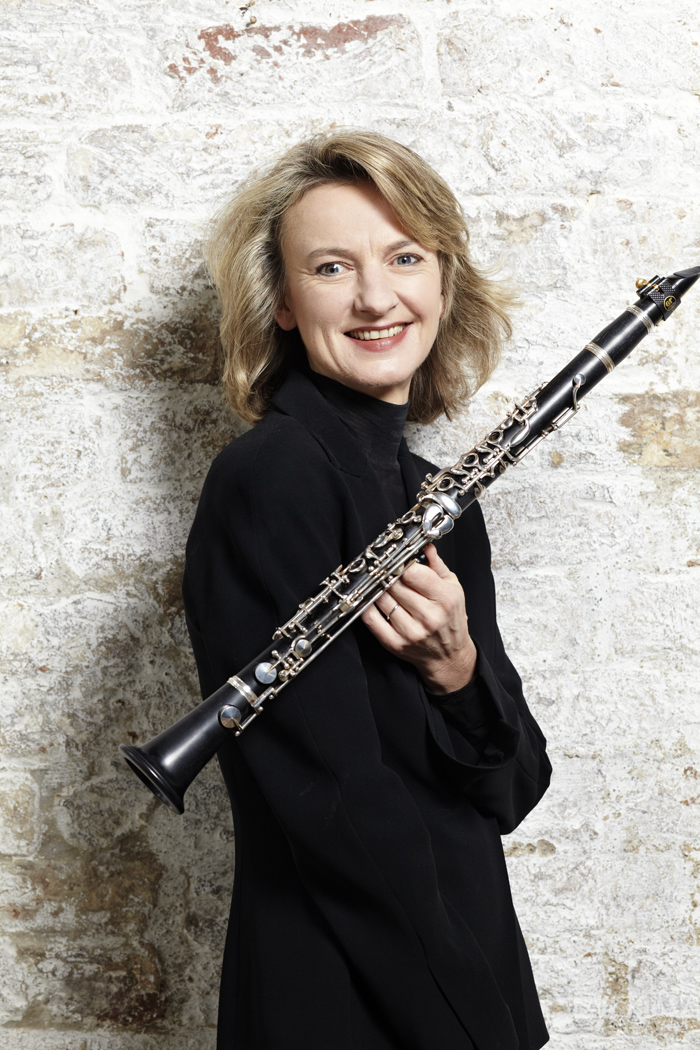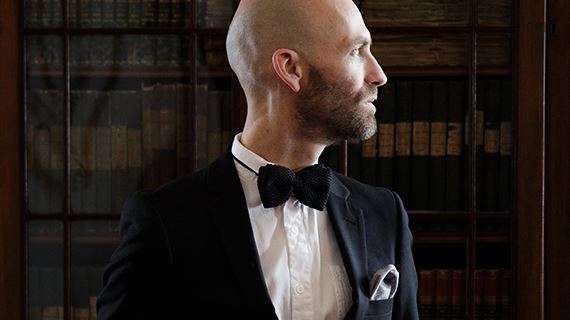Concert Review: Midori And Mozart/ Midori Seiler/ Australian Haydn Ensemble

Midori and Mozart
Midori Seiler/Australian Haydn Ensemble
Verbrugghen Hall, Sydney COnservatorium of Music,
24 November, 2019.
A programme of violin concerti and symphonies by Mozart and Haydn featured in Midori and Mozart, a refined afternoon concert by the Australian Haydn Ensemble, led from the violin by Guest Director and soloist Midori Seiler.
The AHE’s Artistic Director and violinist Skye McIntosh selected four works from the late 18th century, spanning no more than three decades, yet encompassing a range of moods and techniques in both performance and composition.
The “historically informed” soundscape of the 20-strong ensemble was defined by the finest of phrasing, articulation, dynamics and meticulous cohesion which, together with the period and replica instruments on which they played, delivered an elegant and stylised performance with dazzling solo work from the Bavarian-Japanese Seiler.
Opening with W A Mozart’s Symphony no 33 in B flat major, K 319 (1779), the ensemble (sans flute for all but the final symphony), played this exhilarating symphony with rare grace and vitality. The period brass and woodwind sections provided a happy contrast to the string section in the second movement Andante, which ended with a barely perceptible feminine ending; the third movement Menuetto was a rollicking dance with portamenti in the strings and braying open 4th and 5th in the natural horns, with a tightly driven Finale swelling to an arpeggiated finish.
The ensemble contracted to a dozen for Haydn’s Violin Concerto no 1 in C major, Hob VIIa/1 (1760s). A virtuoso’s dream, Seiler aired the opening theme of double stops, ornaments and arpeggios with perfection, moving to the second movement Adagio, a supremely controlled reverie, with the solo violin soaring against the ensemble’s pizzicato, ending with an especially idyllic cadenza. The Finale: Presto was taken at a sparkling pace, but with no compromise to disciplined rhythmic precision.
Mozart’s Violin Concerto no 2 in D major, K 211 (1775) was the second of Seiler’s showpieces. Her performance was a delicately brightened, pure-toned illustration of Mozart’s brilliant writing, complemented by an empathetic ensemble. The highlight of this concerto was Seiler’s feather-light rendition of the second movement Andante.
Finally, Haydn’s Symphony no 80 in D minor, Hob 1:80 (1784) for which the ensemble was augmented by a second bassoon and flute, the latter heard radiantly in the second movement Adagio. The ensemble paired a raging opening theme of the first movement Allegro spiritoso with a teasing sense of restraint, illustrating Haydn’s sense of humour in the second theme. They created a striking sense of drama in the modulation from major to minor in the second movement; the third movement Menuetto belied the levity of its title with a darkness to its imitative phrases. The Finale:Presto was confronted head-on with breathtaking pace, the ensemble again remaining taut, cohesive and empathetic, playing the challenging syncopated passages with pinpoint precision.
Midori and Mozart was an exemplary performance of iconic violin works of the classical repertoire supported by informative programme notes and biographies. It was especially interesting to be able to compare and contrast the first two violin concerti of Haydn and Mozart respectively, back-to-back. Both soloist and ensemble collaborated in an engagingly beautiful performance of these gems for small forces.
Shamistha de Soysa for SoundsLikeSydney©

